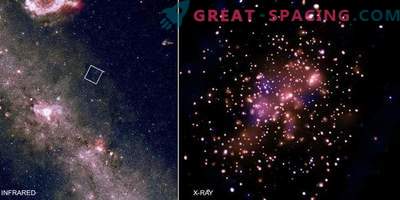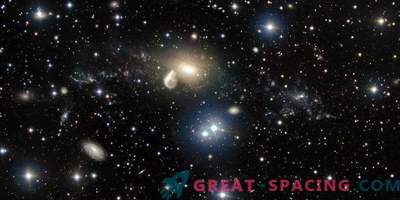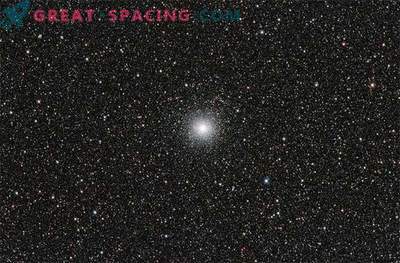
Light moves through outer space at a speed of less than 300,000 km / s! This incredible figure is used to calculate the astronomical distance. Despite the fact that it is sometimes mistaken for a unit of time (as the name is misleading), a light year is a mark of astronomical distance. This is the distance that light travels in a year. To make it clearer, it is about nine trillion km ... however, it’s hard to imagine!
Realizing this scale, 15,000 light years sound like an irresistible distance. But, if taken in the cosmic framework, it is literally nearby. In fact, such a remote object would not even go beyond the limits of our Milky Way. This is the approximate distance between us and the young superstar cluster Westerlund 1. And it was he who sheltered the biggest star ever seen. Stars are divided into classes according to special criteria: surface temperature, spectral type and brightness of light. Studying and classifying cluster objects, astronomers realized that a real giant was lurking among the stars, named Westerlund 1-26. This is a red supergiant (or hypergiant), whose radius exceeds the sun by 1500 times. It is interesting that if this star replaced our Sun, then in size it would go beyond the orbit of Jupiter.
It is believed that most of the stars in the cluster were formed as a result of a specific surge of activity. This suggests that their age and composition are the same. The cluster is relatively young. Of course, this applies only to astronomical terms. He is about 3 million years old, so he is still a child, compared with a solar 4.6 billion years.











































